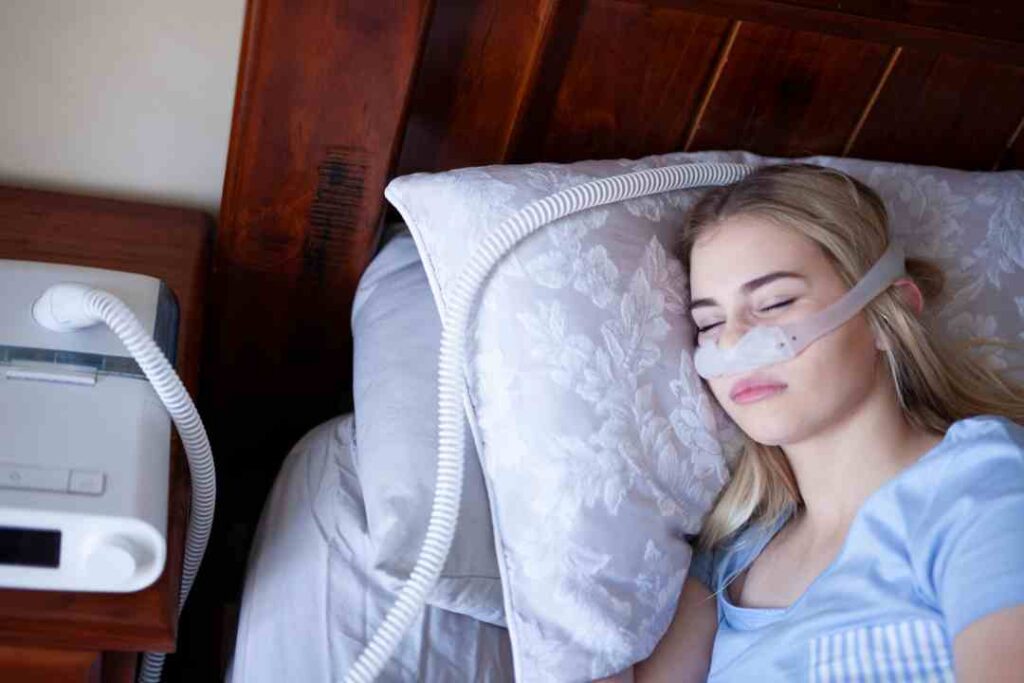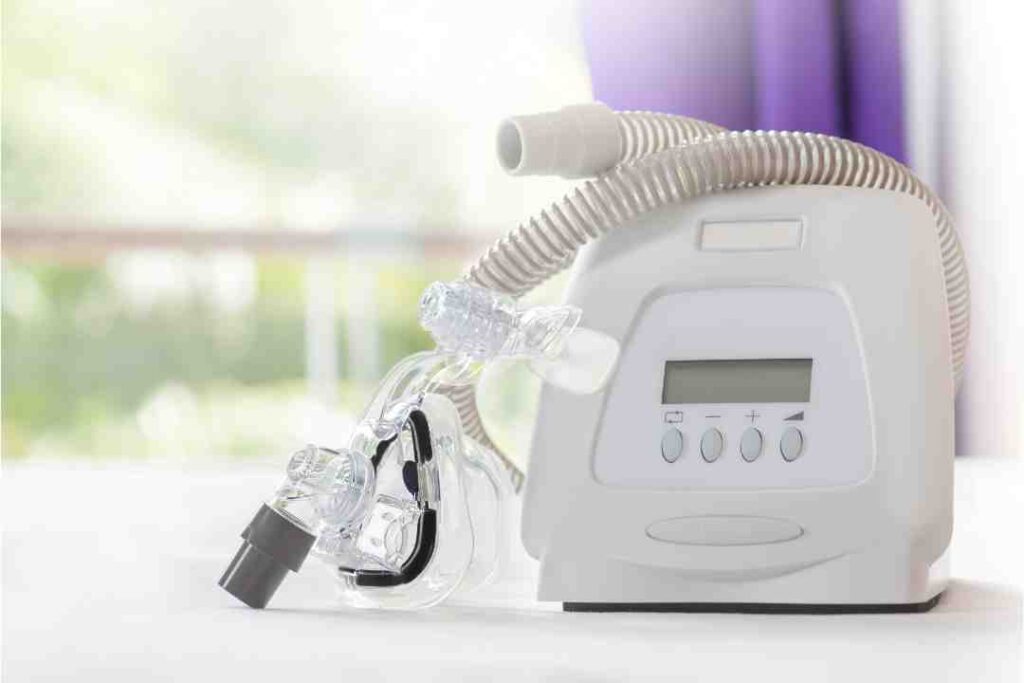Continuous Positive Airway Pressure (CPAP) vs. BiPAP: Choosing the Right Sleep Apnea Machine
Continuous Positive Airway Pressure (CPAP) and Bi-level Positive Airway Pressure (BiPAP) are two commonly used sleep apnea machines. Sleep apnea is a sleep disorder characterized by pauses in breathing or shallow breaths while sleeping. Many people use sleep apnea machines to treat their condition and ensure a good night’s sleep. In this article, we will …


